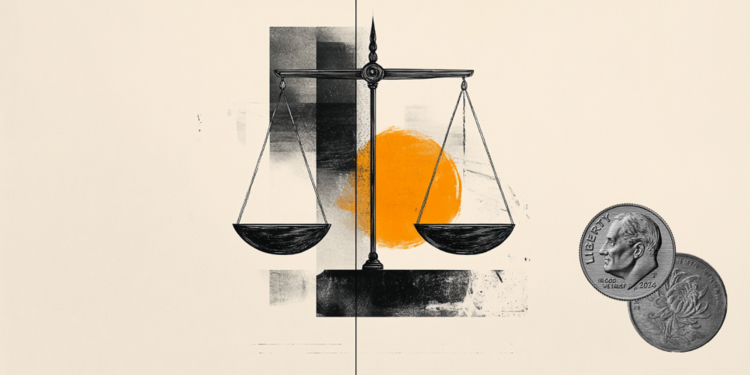A campaign that has shown excellent results over 35 years, World No Tobacco Day, celebrated on May 31, faces a new challenge: electronic cigarettes. The date was established by the countries that make up the World Health Organization (WHO) in 1988.
Since then, the number of smokers has dropped dramatically in Brazil. At the time, 35% of Brazilians smoked, a rate that dropped to 9% according to the director of the Tabagism Treatment Program at the Instituto do Coração, Jaqueline Scholz.
In adolescents, the initiation rate for conventional cigarettes ranges between 6% and 7%, but the biggest concern has become electronic smoking, which is now part of the routine of 5% of this group, also according to the cardiologist and professor from the Faculty of Medicine of the University of São Paulo (USP).
“The industry, when it saw that conventional cigarettes were a dead product from a marketing point of view, thought of alternatives,” said Jaqueline Scholz in an interview with CNN claiming that hookahs began to attract young people for their different flavors and the false idea that they were less harmful to health.
“Now the industry has transferred this concept to the electronic cigarette. The invitation is always the same for the person to get in touch with nicotine, which is a highly addictive substance. And this game of trying different flavors, when you see it, you’re already hooked.”
The teacher claims that then, due to financial difficulties in accessing electronic cigarettes, conventional cigarettes become an alternative. From a substantial point of view, the difference is that electronic smoking does not contaminate the lungs of its users with carbon monoxide, but provides a level of nicotine that scared the doctor.
“I make my hair stand on end, because I measure nicotine in the urine of 13 and 14-year-old users and I have never seen – in 30 years of combating smoking – boys of that age with a level of nicotine in the blood equivalent to someone who smokes 20 cigarettes”, reports Jaqueline Scholz. “How can I believe this is a harm reduction policy? This is an intense and rapid dependency incorporation policy, it is absurd.”
The director of the Instituto do Coração’s Smoking Treatment Program recalled that, although highly addictive, there are now methods and treatments to quit smoking in up to three months.
Jaqueline Scholz recommends that smokers who want to quit the habit look for specialists, who can offer techniques to discontinue the habit, combined with drugs for abstinence.
Source: CNN Brasil
I am an experienced journalist and writer with a career in the news industry. My focus is on covering Top News stories for World Stock Market, where I provide comprehensive analysis and commentary on markets around the world. I have expertise in writing both long-form articles and shorter pieces that deliver timely, relevant updates to readers.







